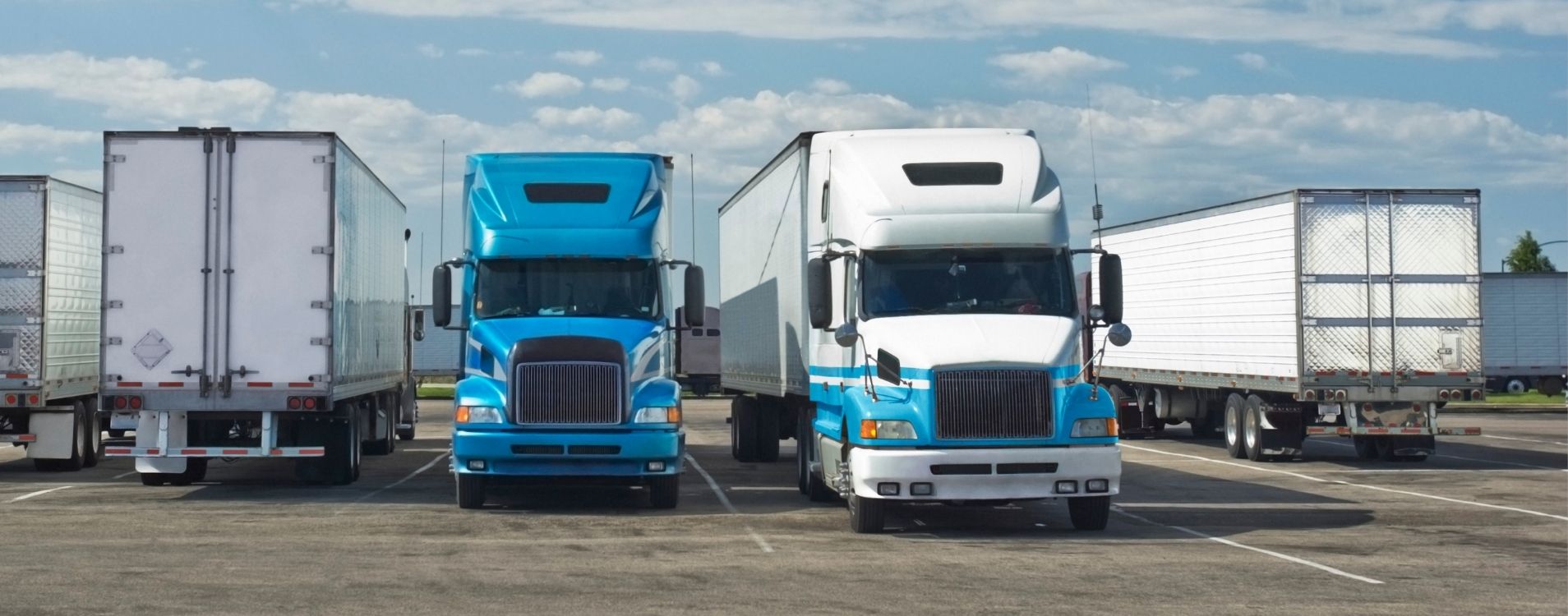Why Finding Truck Parking Is So Difficult
Although trucking accounts for roughly three-quarters of US freight, the country has struggled for years to provide adequate truck parking that doesn’t interfere with the efficiency of deliveries or driver safety. In fact, drivers ranked parking challenges as the top concern, tied with pay, in a survey done by the American Transportation Research Institute (ATRI) in 2021.
Unfortunately, this is not a new problem. For decades, truck drivers have struggled with inadequate parking infrastructure, but the recent market crunch caused by the pandemic made matters much worse. According to the USDOT, not enough new public facilities are being developed due to challenges related to planning and funding. With all the talk about truck parking in the last decades, progress on the issue remains slow.
The impact of the truck parking problem
Nearly all drivers report having difficulty finding parking and, according to the ATA, for every one available parking space, there are 11 drivers. Most drivers report spending upwards of an hour each day just looking for a space and many drivers end up resorting to parking illegally or driving over their allotted time to find sufficient parking.
The lack of truck parking in the US has a negative impact on nearly every aspect of the supply chain and trucking industry.
Most important is driver safety. Parking in unauthorized or unregulated areas puts a driver’s physical and mental health at risk. According to Freightwaves, 84% of drivers feel unsafe when parked in illegitimate areas and the risks are heightened for female drivers who already prefer parking in the front of truck stops to avoid long, poorly-lit walks at night.
Concerns about safety can lead drivers to find bigger carriers that offer more benefits or leave the profession altogether. That increases driver turnover and leads to more costs associated with recruiting and hiring.
There’s also the loss of productivity: remember those 56 minutes every day on average that a driver spends looking for a space? That time would be much better spent on the road or resting in preparation for the next day. Dedicating so much time to finding parking can lead to delayed deliveries and unhappy customers, negatively impacting a carrier’s reputation through no fault of their own.
Hope for truck parking
Recently, in July 2022, the House Transportation and Infrastructure Committee approved an update to the Truck Parking Safety Improvement Act, allowing the transportation secretary to issue grants for truck parking projects: $175 million for 2023 and a combined $580 million over the next three years. That means local governments and agencies will see an injection of available resources for developing truck parking in the coming years.
In addition to legislation and funding from the federal government, state DOTs have also started to take action: Arizona, California, New Mexico, and Texas are building a long-haul truck driver parking system, slated for 2023. The system will track available parking along I-10.
What carriers can do
While the above government actions look like a step in the right direction toward long-term improvements, carriers need safe solutions for their drivers today. Here are some things you can do as a carrier to improve access to parking and safety for your drivers:
1. Support the use of technology
Apps like Truckerbubba, Park My Truck, and Road Breakers are designed to help drivers find available parking on their routes. Your drivers may already be using mobile apps or other solutions to plan parking. Ask them about their experience with different solutions and support new drivers by sharing the information with them.
2. Provide tips and resources
General tips on parking safely include:
- Proactively planning your route and choosing stops strategically
- Avoiding spots close to parking lot traffic
- Seeking out well-lit spaces
- Taking care of all your needs each stop to avoid unnecessary additional stops along the way
Drivers can benefit greatly by learning from one another about parking strategically and safely. Only seasoned drivers can really provide the best tips about positioning their trucks, planning routes, and protecting cargo. Making videos and guides about parking safely makes these messages easier to communicate and sourcing the information from drivers themselves can add to a culture of safety and community.
Offering safety gear like whistles and airhorns, which can help draw attention to a driver in a threatening situation, can protect drivers from potential aggressors. Consider organizing self-defense classes with your team: in addition to improving their personal safety, activities like this can boost morale and confidence.
3. Contact your government representatives
While government action is painfully slow, it will take public and private investment to ensure the development of adequate parking infrastructure. Find out who your local, state, and federal government officials are and who is involved in transportation legislation and programs. They are there to represent you, but they don’t know what’s important to you if you don’t tell them.




